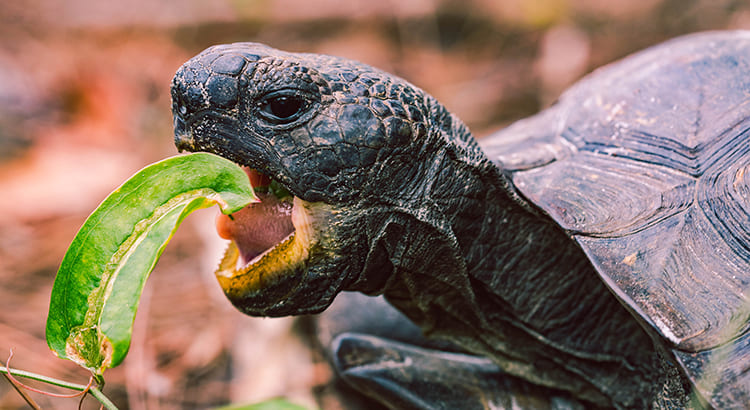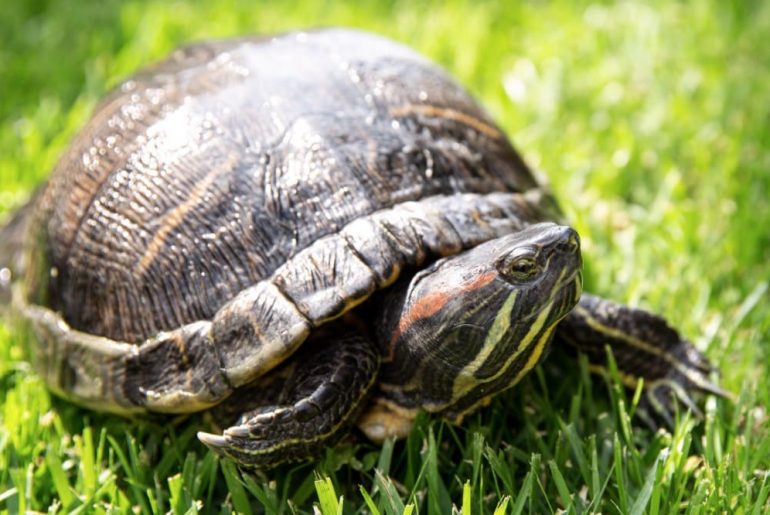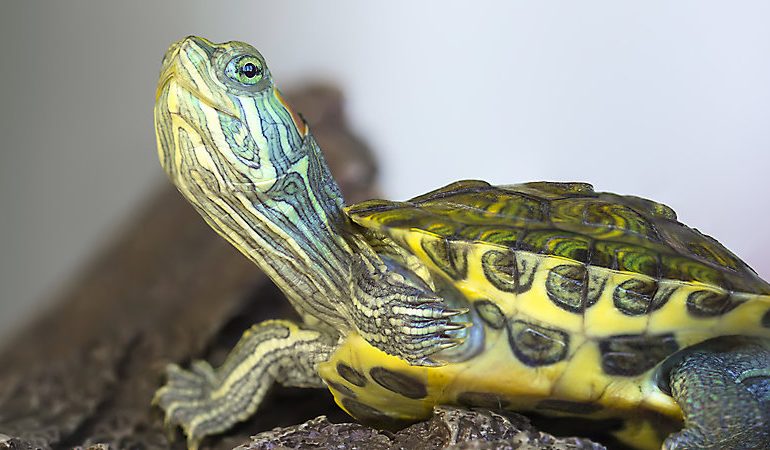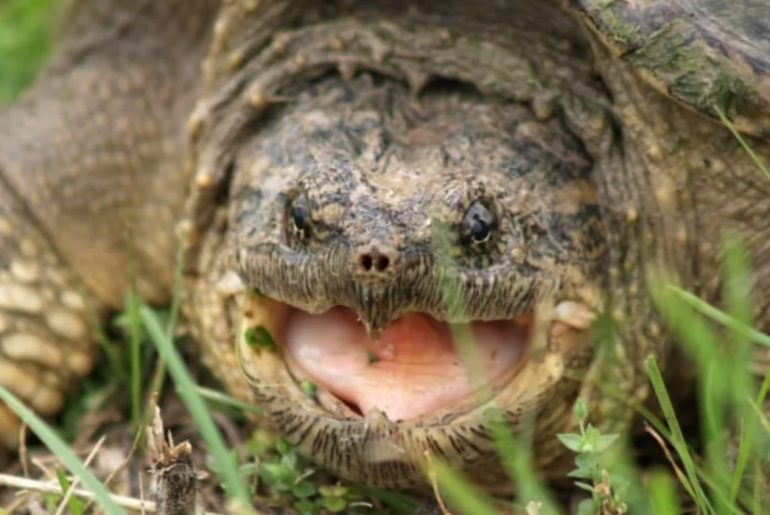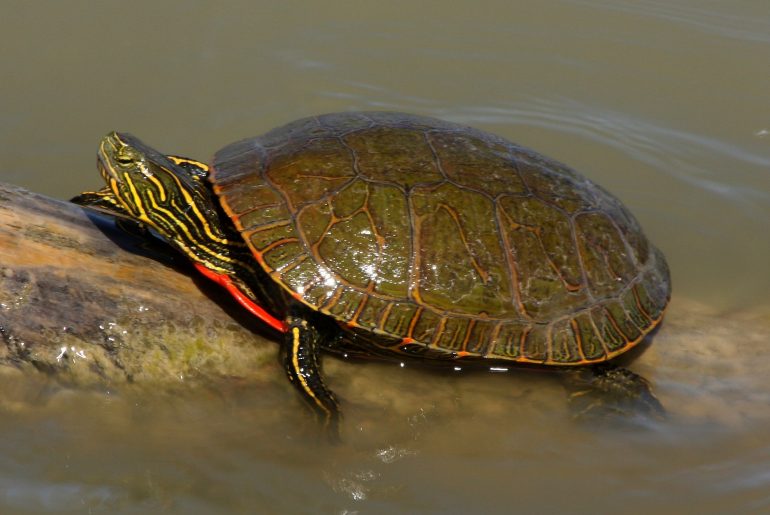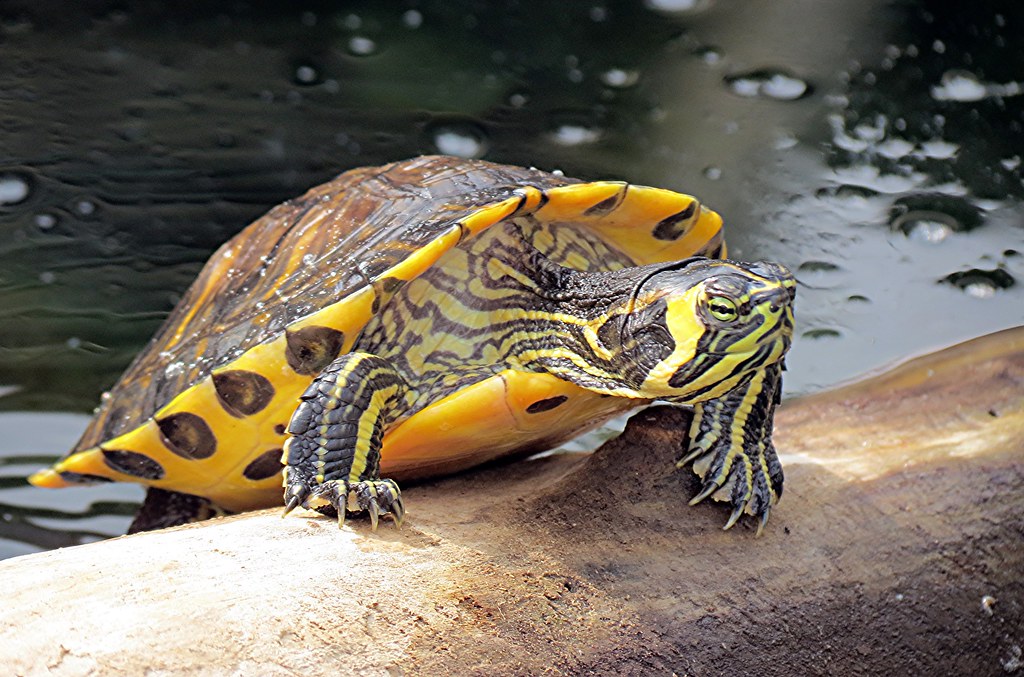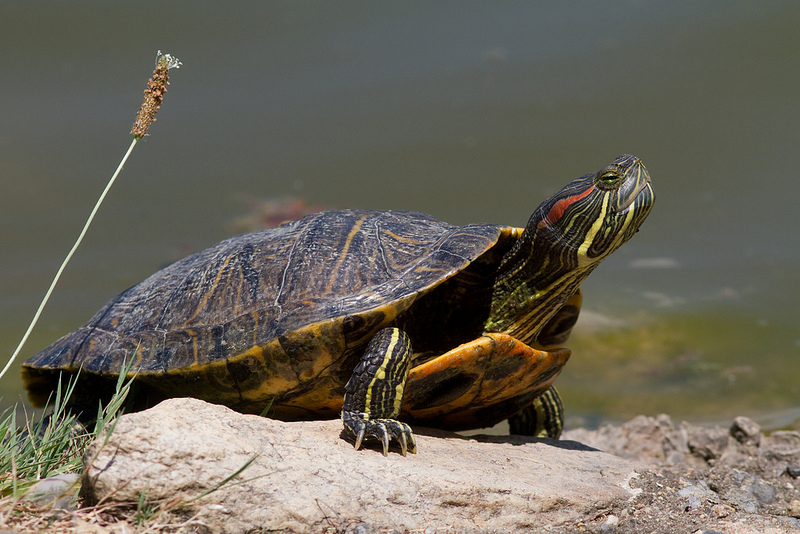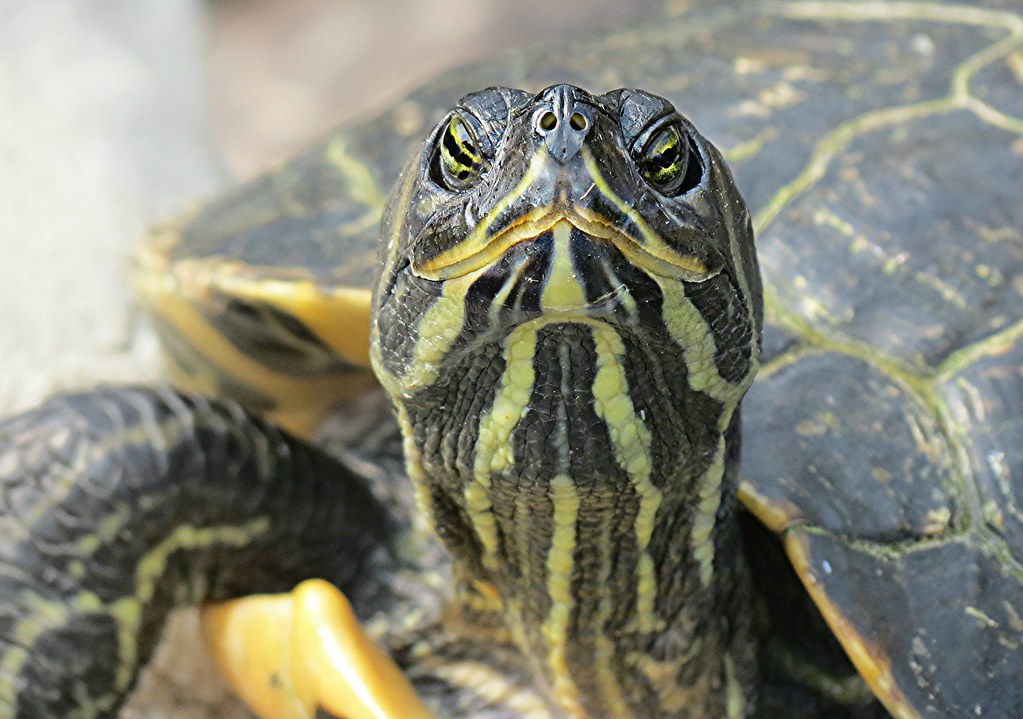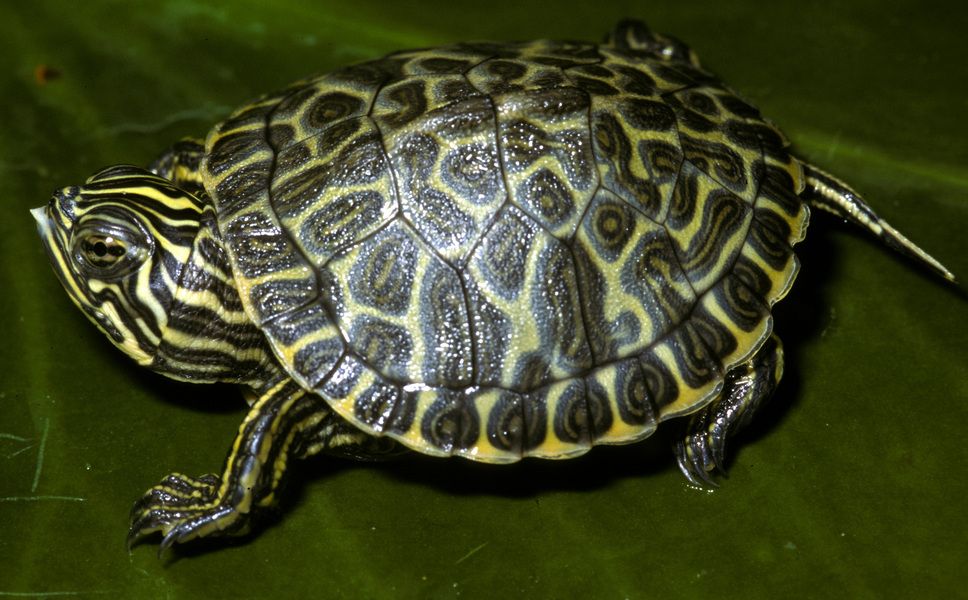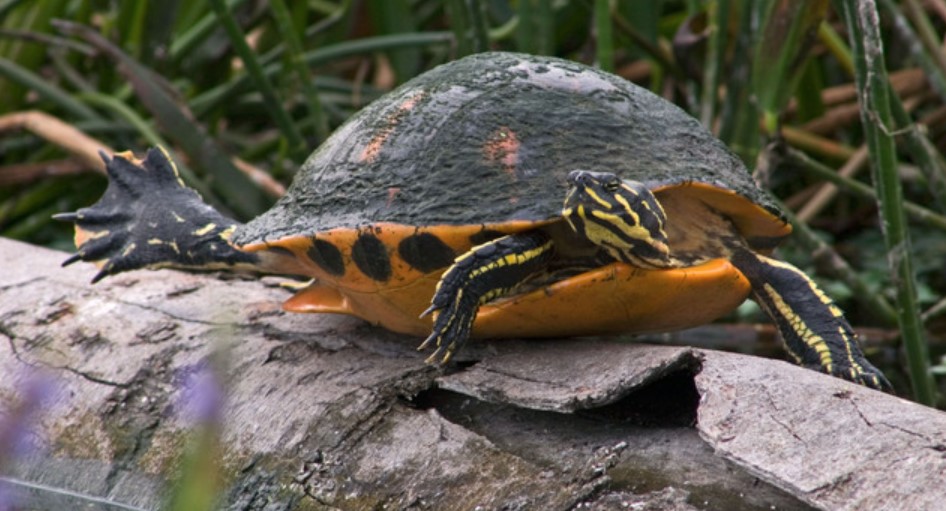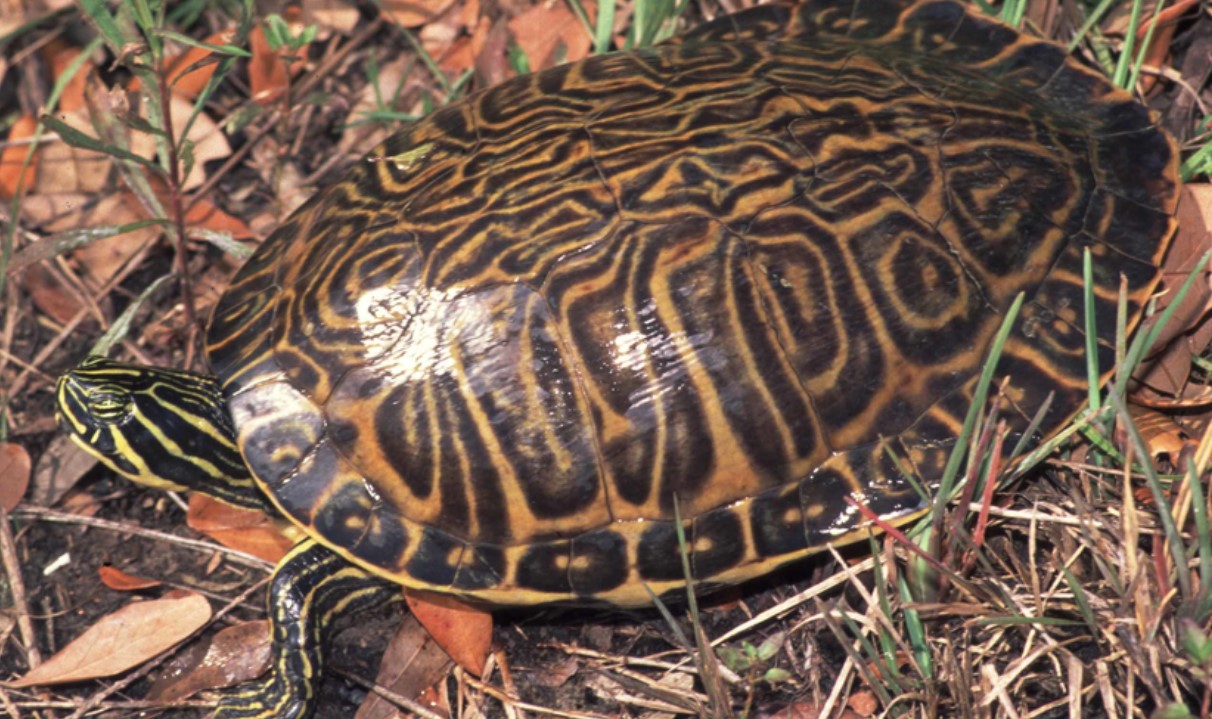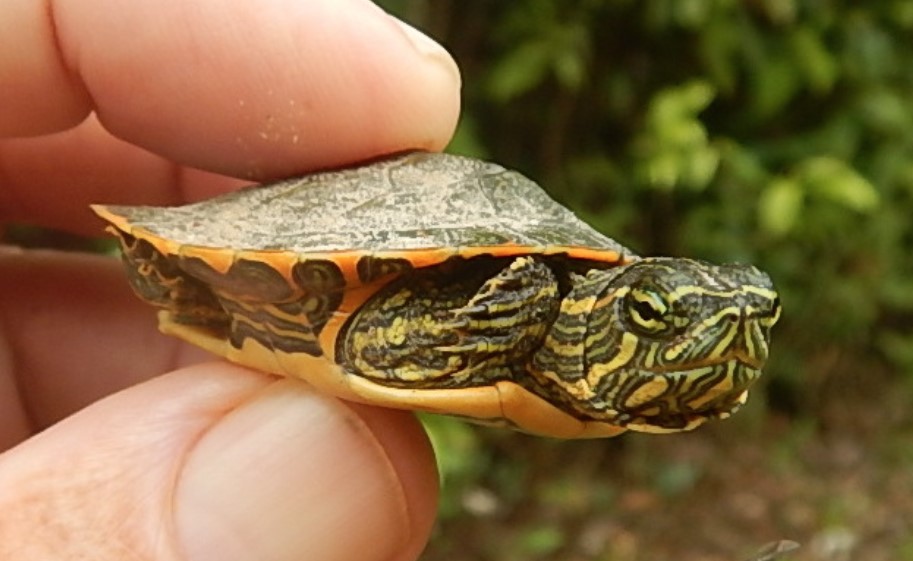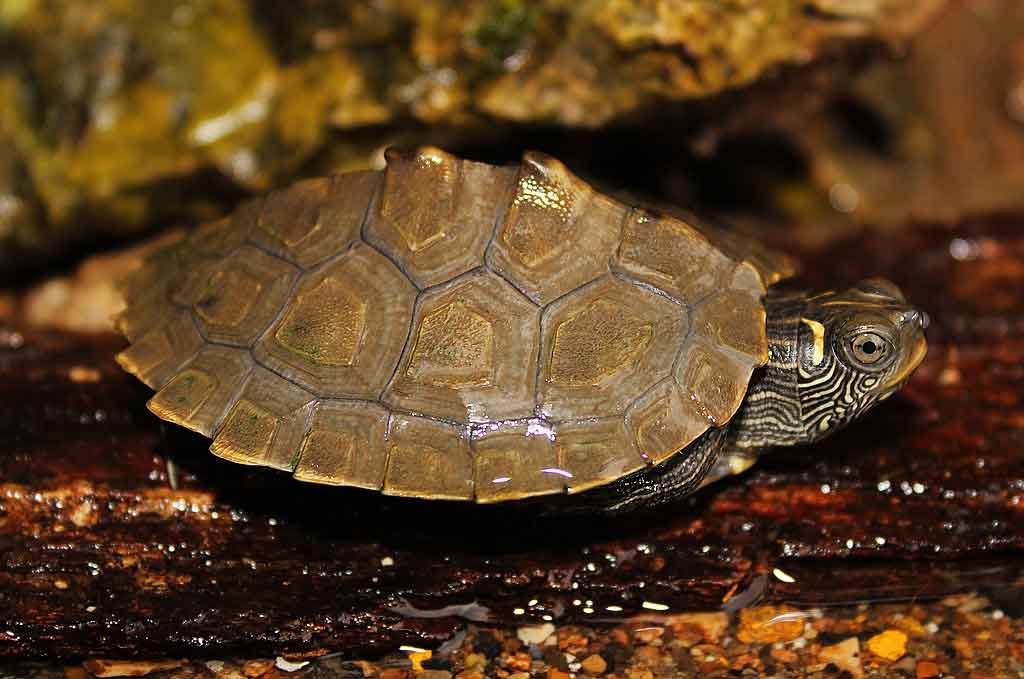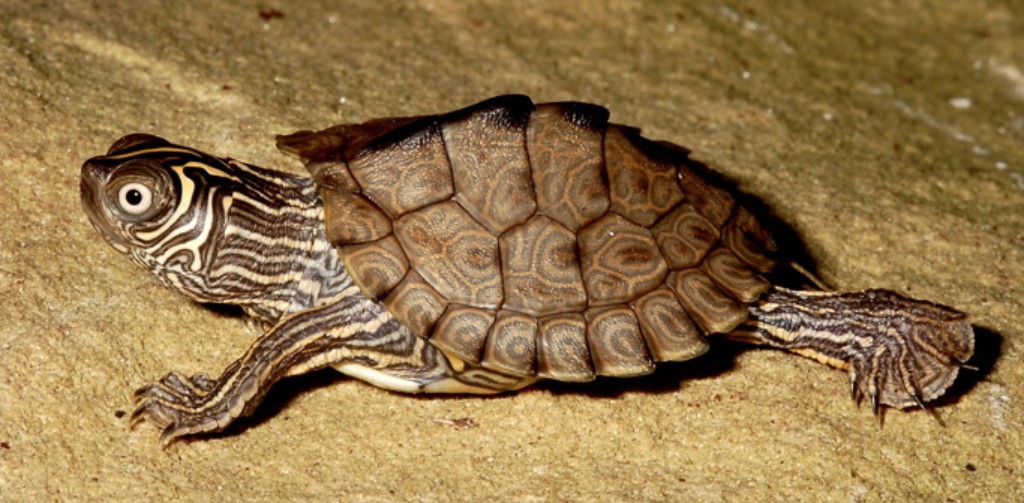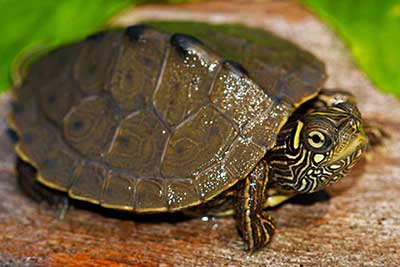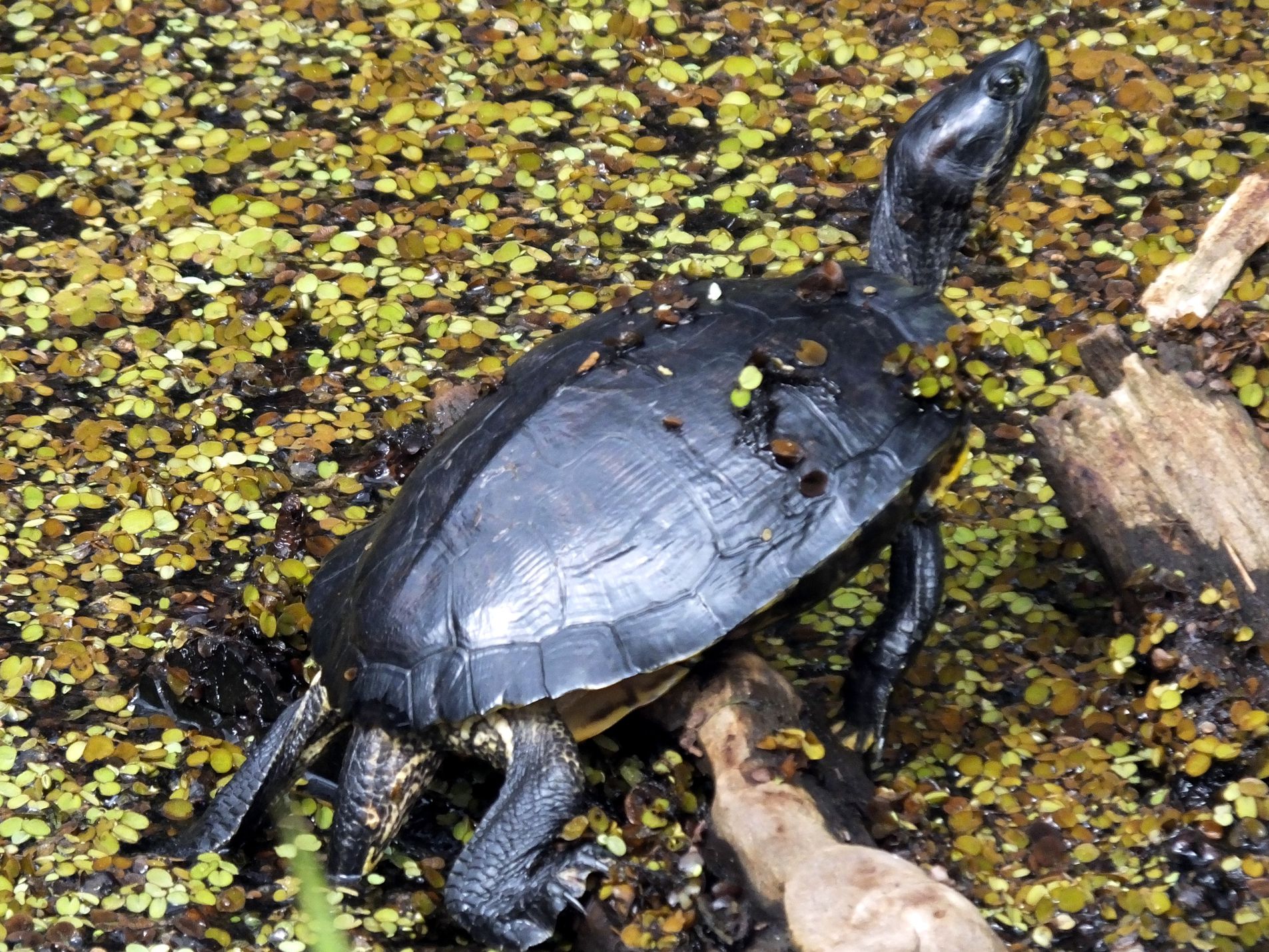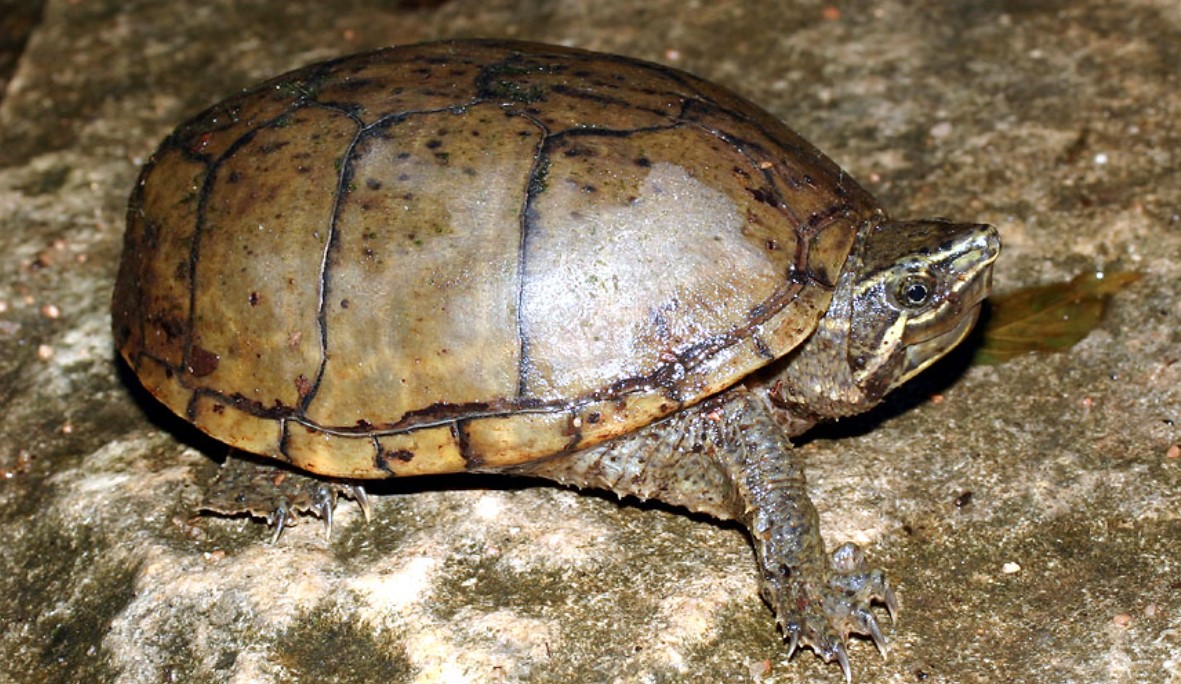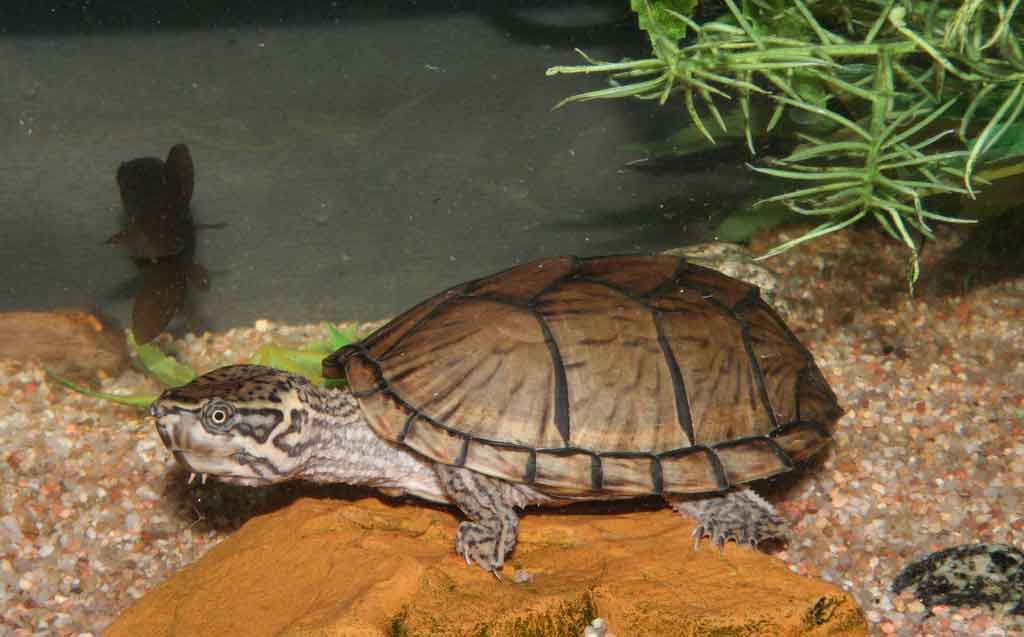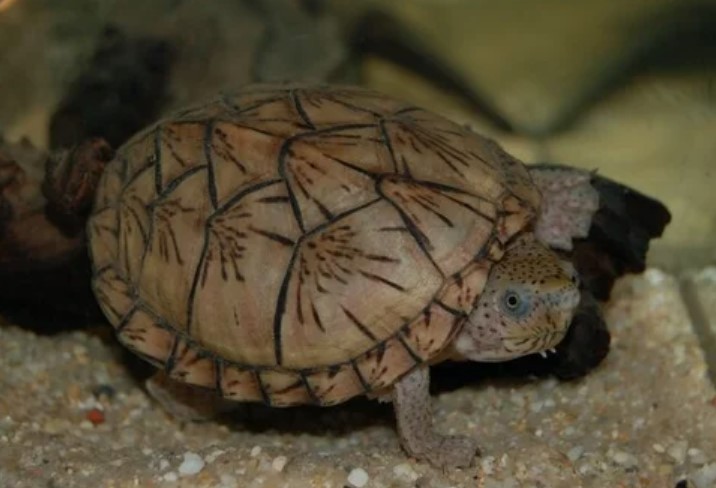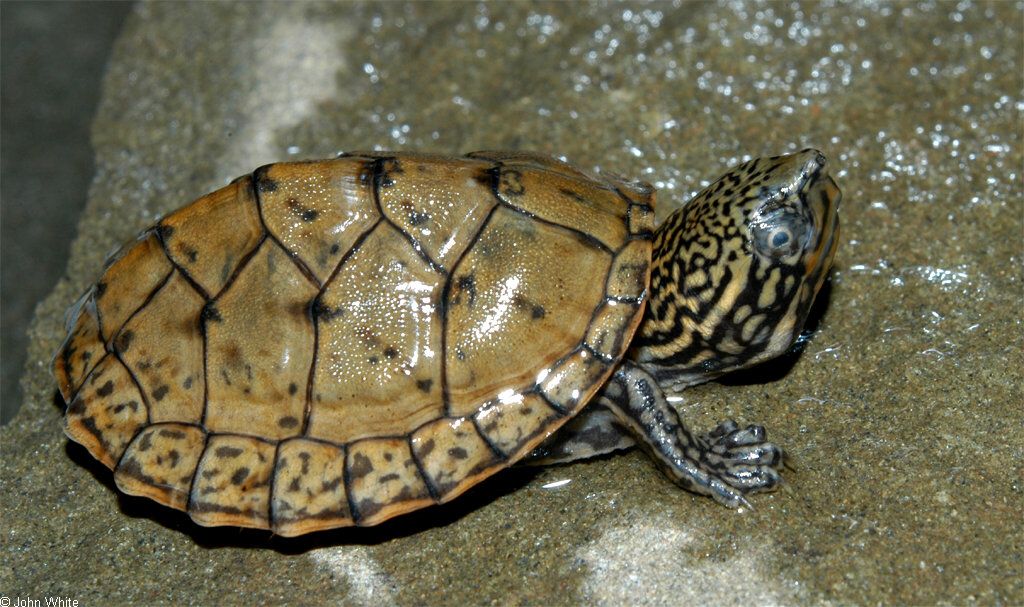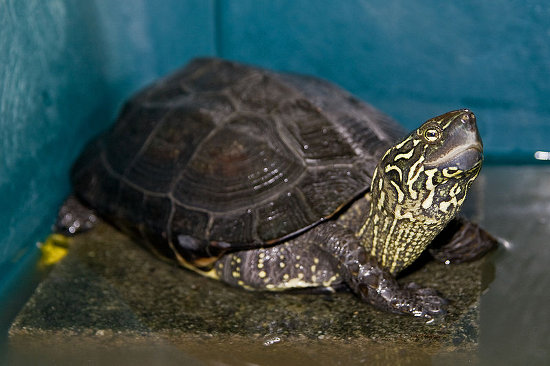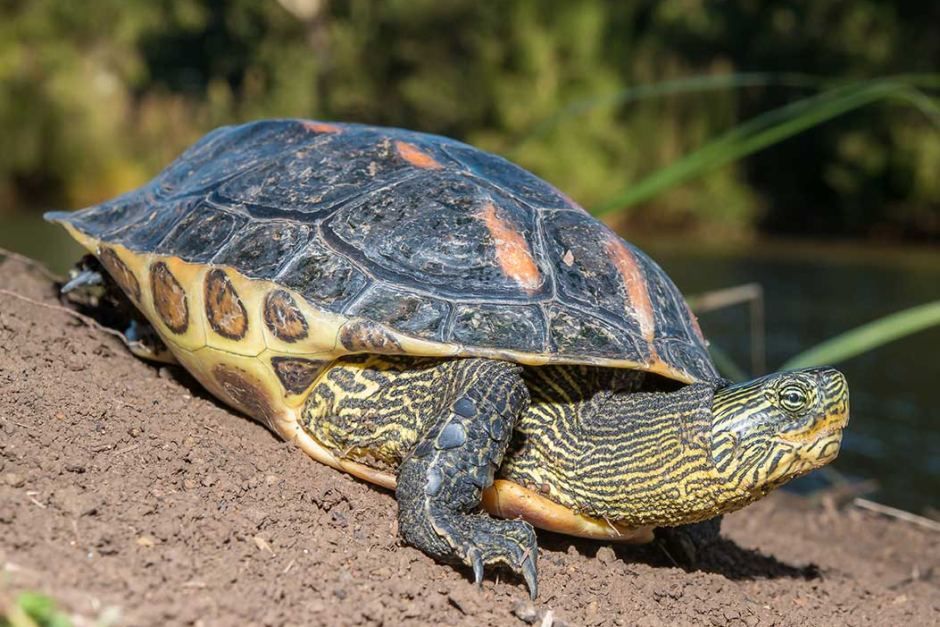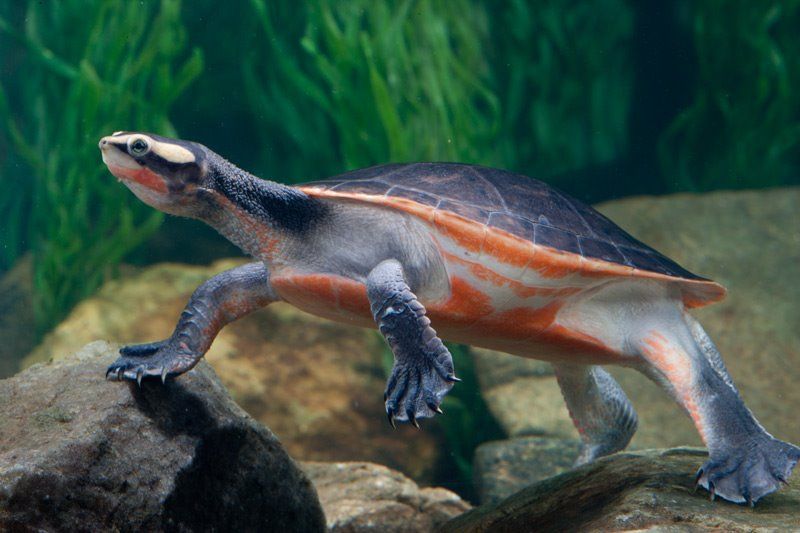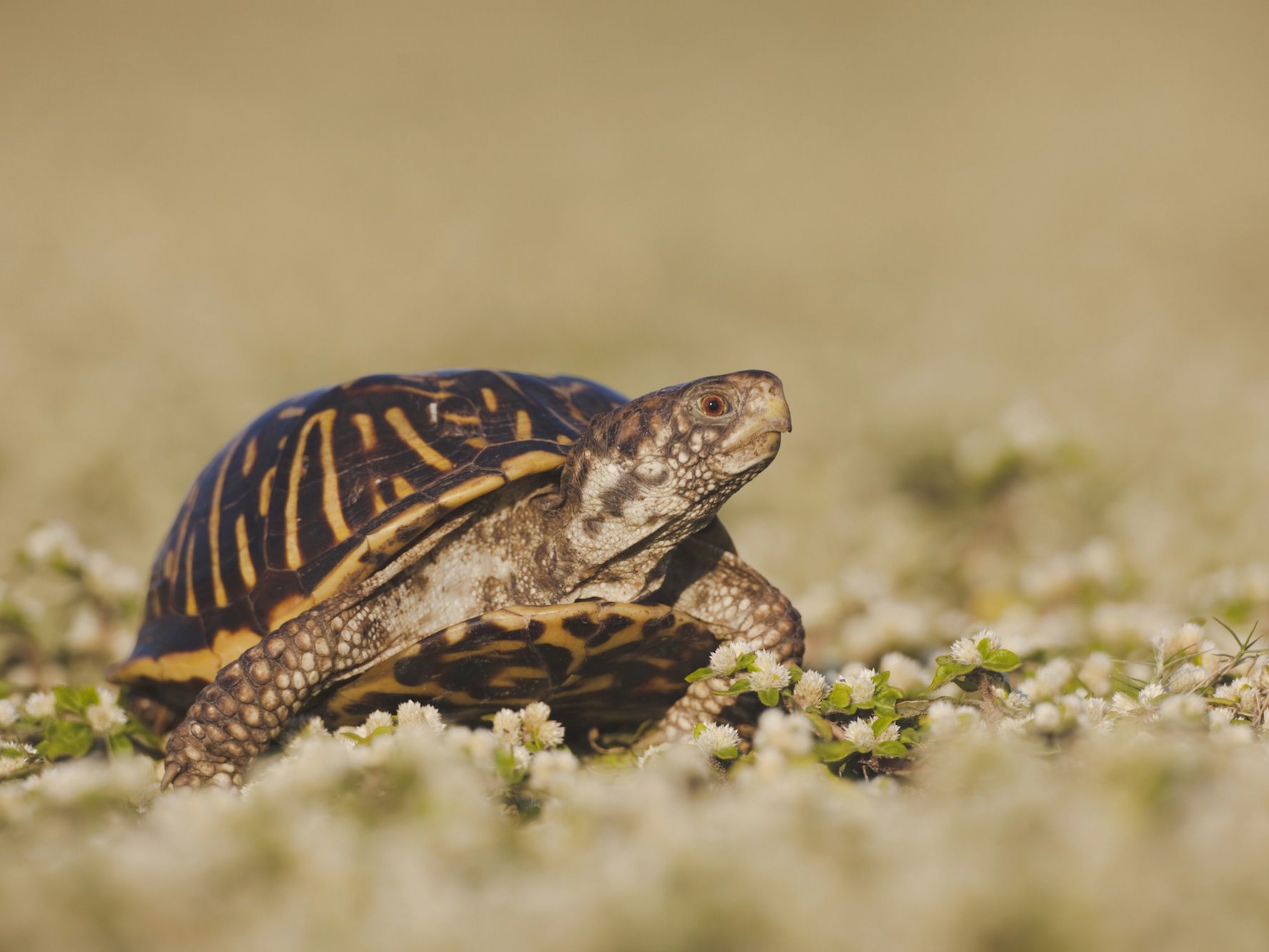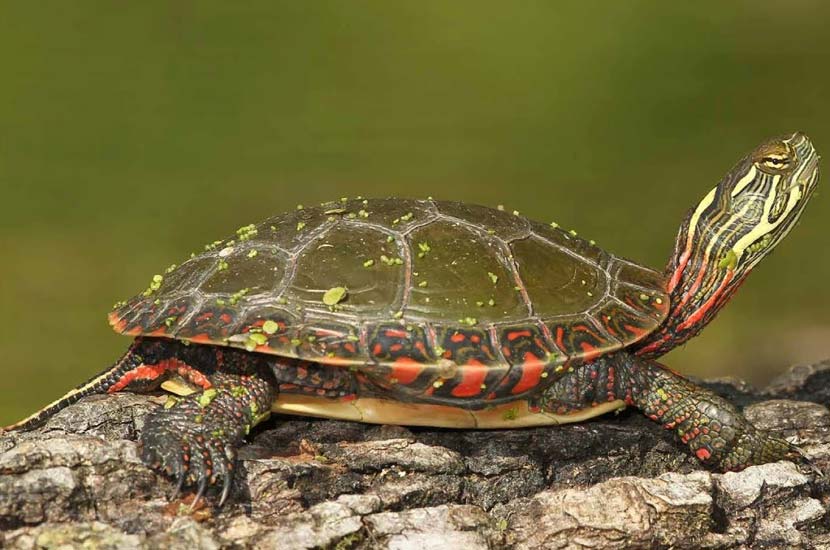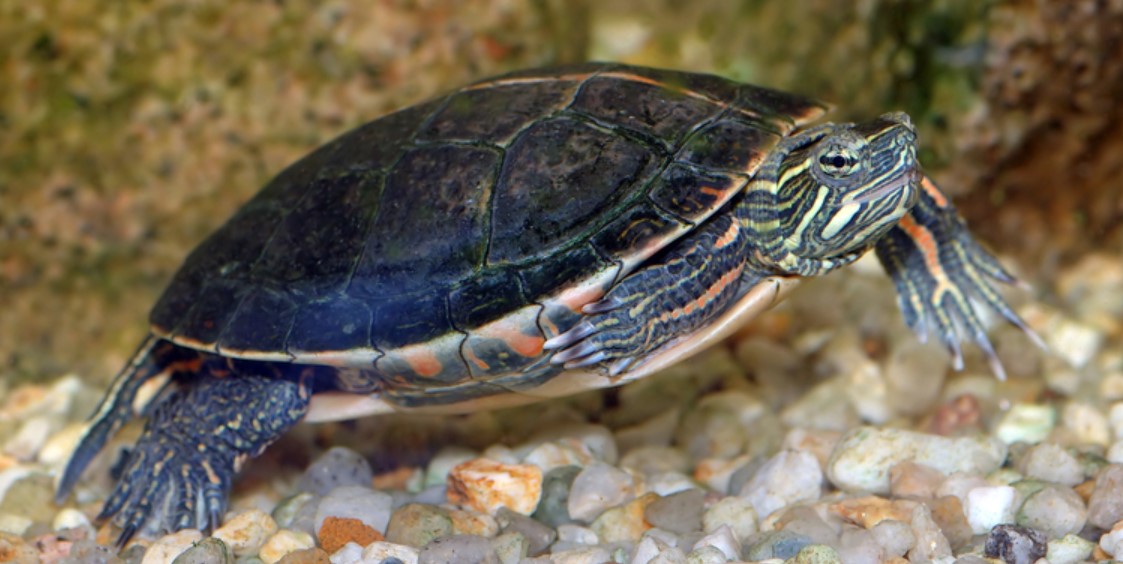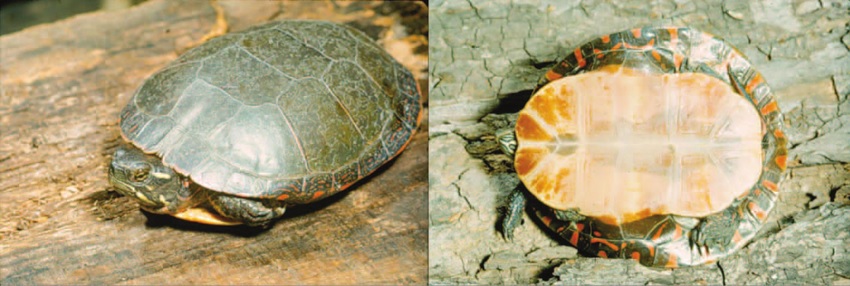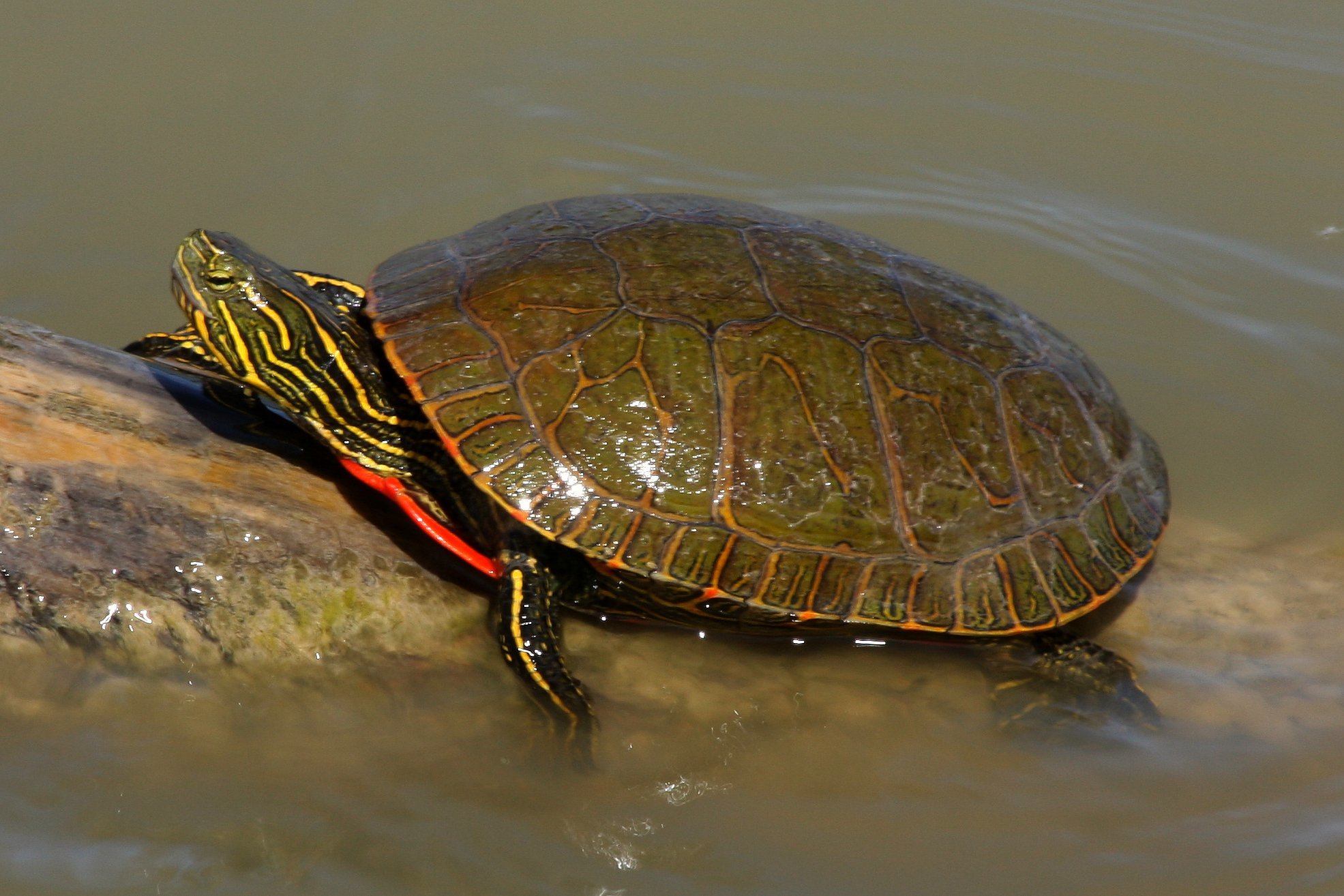Turtles either sleep underwater, in their shells on land, or hidden in burrows. But you can’t really get that from sleep. Turtles rest rather than sleep.
How long can a turtle stay underwater?
The palm-sized animal can move in cold water of ten degrees for up to 100 days without coming to the surface. At a water temperature of three degrees, even dives of 150 days are possible.
How do water turtles sleep?
Turtles can stay in the water for a long time without having to breathe. They also like to sleep on the pool floor, on the sun island or “float” in the water, sometimes using one leg to hold on.
Why can’t you touch turtles?
This can mean enormous stress for the animal. They can sense your touch and don’t like being fondled. Turtles are reptiles, so they sometimes need to go to the surface to breathe.
Can turtles live in water?
They can live on land, in water, or in both environments. A green turtle (Chelonia mydas) swims over a reef in the southern Caribbean. The species is considered critically endangered. An easy way to tell tortoises and sea turtles apart is to look at their feet.
Do aquatic turtles sleep underwater?
A roosting or resting place can be created for a turtle by placing a shallow water area in the tank. This area of shallow water should be such that the turtle is completely submerged but can easily lift its head out of the water to breathe.
Aquatic turtles are able to sleep underwater wherever they see fit. It is important to note the difference between aquatic turtles and tortoises. Tortoises, of course, cannot sleep under water!
Do slider turtles sleep underwater?
Do red eared sliders sleep underwater? Yes, they do. While sleeping they either float on the surface or sink at the bottom of the tank. The turtle inflates its throat in order to help him float!
How long can slider turtles stay underwater?
If the turtle is motionless, it can stay 40 to 45 minutes underwater sleeping. At most, red eared sliders can spend an hour underwater before coming up for air. This information is all based on the average adult red eared slider. Baby turtles cannot spend this much time underwater.
Do sliders sleep underwater?
Red-eared sliders are excellent swimmers. At night they sleep underwater, usually resting on the bottom or floating on the surface, using their inflated throat as a flotation aid.
Why does my red-eared slider sleep in the water?
Sleeping in the water ensures that red-eared sliders are safe from surface predators and remain hydrated. They still need to breathe air, so they often use their throats as floatation devices, keeping them at the water’s surface to breathe through the night.
Do red-eared turtles sleep underwater?
Red-eared sliders are excellent swimmers. At night they sleep underwater, usually resting on the bottom or floating on the surface, using their inflated throat as a flotation aid.
Do baby turtles sleep underwater?
You don’t have to worry about your turtle drowning while sleeping underwater. For them, it is a completely normal process. When the turtle needs air, it will automatically resurface.
Baby turtles are known to sleep in a similar way as adults; however, they sleep longer. Aquatic turtles can stay submerged for four to seven hours and bob their head out of the water to get some air. Land turtles are asleep longer than they are awake, like the Galapagos turtle that sleeps for about 16-18 hours a day.
Do snapping turtles sleep underwater?
Although map turtles can sleep on land, as well as, underwater, snapping turtles are known to either submerge themselves in the water or logs near the accumulated waste near marshy areas. Terrapins such as the red-eared slider can sleep underwater. Even pet turtles can also be seen sleeping at the bottom of the tank.
Do African sideneck turtles sleep underwater?
The first thing you’ll need to add to your aquarium is NOT optional: because African sideneck turtles are only semi-aquatic rather than fully-aquatic, you need to provide some “land” for the turtle to bask on. Ideally, this should be enough space for the turtle to bask, walk around a bit, and burrow.
Do map turtles sleep underwater?
As you may already know, some turtles such as the red-eared slider and the painted turtle can go several hours (about 5 hours) without breathing. So yes, turtles do sleep underwater. Species such as painted turtles, map turtles, sliders, mud turtles, musk turtles all sleep underwater.
Do red slider turtles sleep underwater?
These so-called papillae function in a similar way to gills in fish. A perfect piece of diving equipment that the musk turtles have in their mouths. They only come ashore to sunbathe a bit. The Musk Turtle – can breathe underwater and get pretty stinky.
Red-eared sliders are excellent swimmers. At night they sleep underwater, usually resting on the bottom or floating on the surface, using their inflated throat as a flotation aid.




